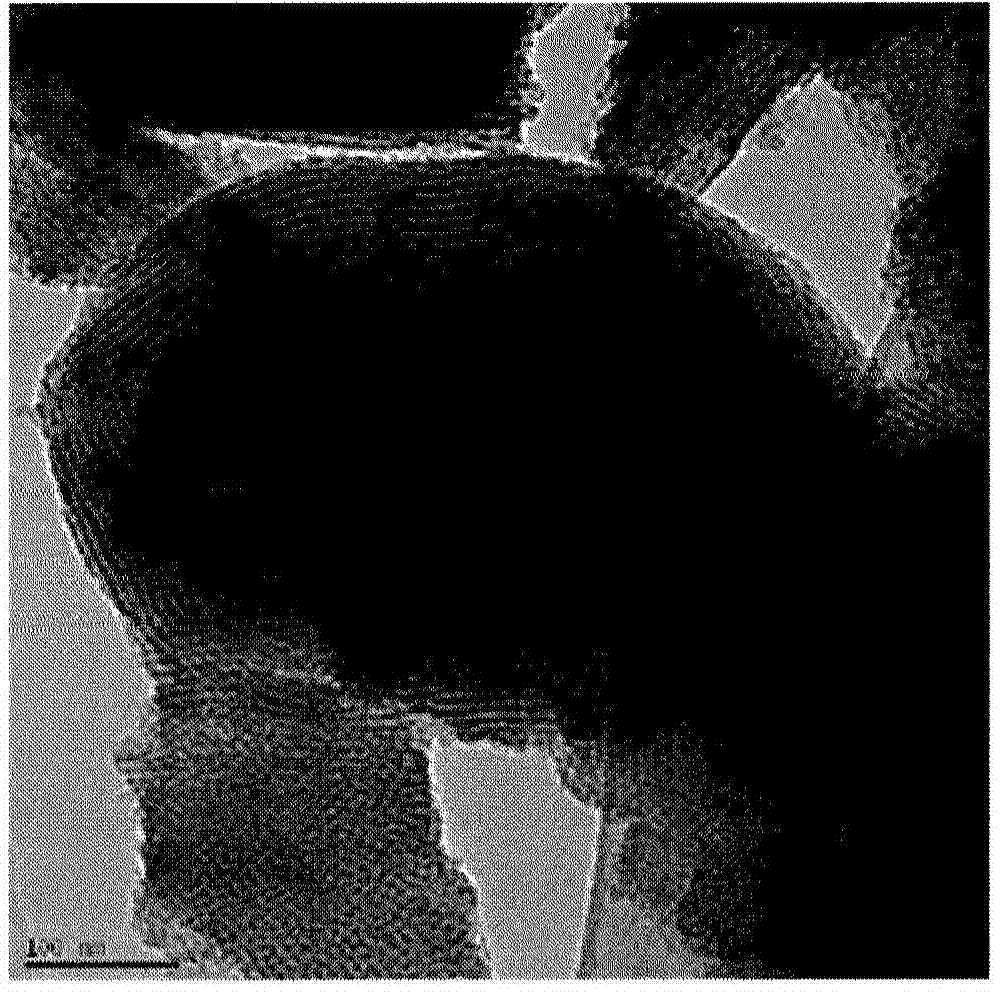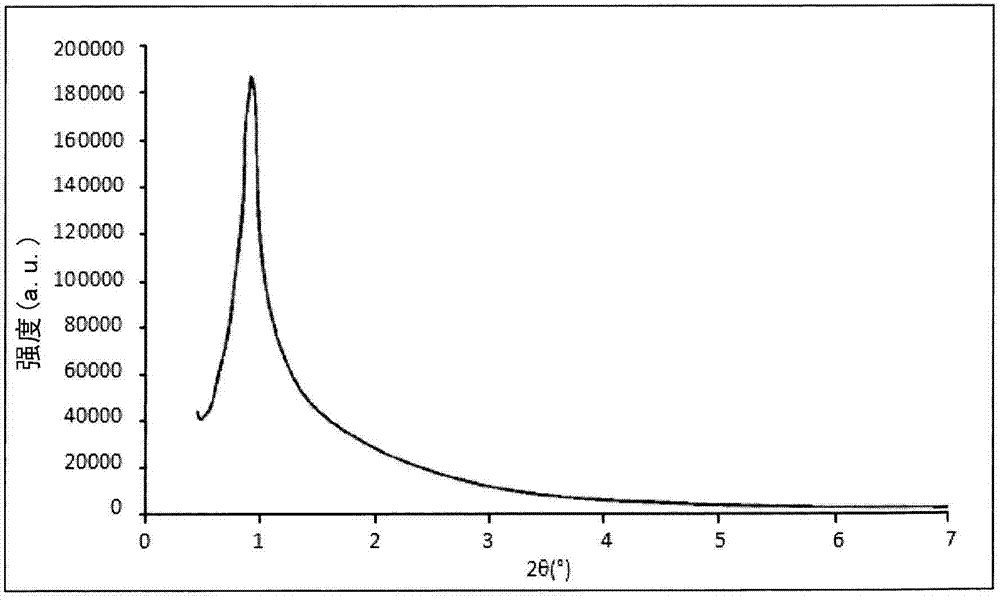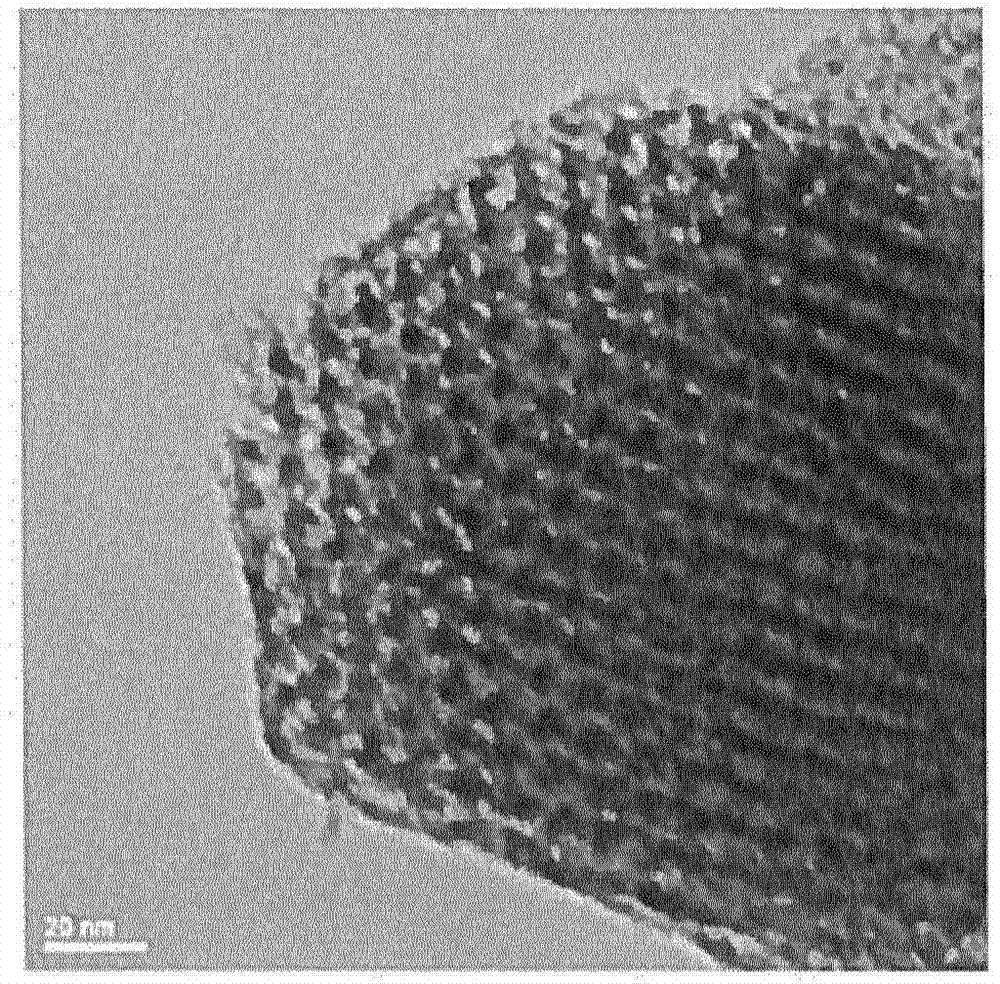Porous and structured materials for dynamic nuclear polarization, process for their preparation and NMR analysis method
A structured, analyte-based technique, applied in control/regulation systems, measurements using electron paramagnetic resonance, instruments, etc., can solve problems such as no proof
- Summary
- Abstract
- Description
- Claims
- Application Information
AI Technical Summary
Problems solved by technology
Method used
Image
Examples
Embodiment approach
[0144] According to a preferred embodiment, the method comprises the following steps:
[0145] x) preparing the sample by mixing the analyte solution with the material of the invention,
[0146] xx) polarizing the sample by microwave irradiation, the free radicals attach to the material allowing the polarization,
[0147] xxx) Record the NMR spectrum of the polarized analyte.
[0148] Advantageously, the entire sample is cured before poling, and the poling of step xx) is performed on the cured sample. In a preferred embodiment, step xxx) is also carried out on the cured sample.
[0149] Steps xx) and xxx) are preferably performed in an NMR spectrometer, especially when step xx) and / or step xxx) is performed on a cured sample. This embodiment is easier to implement, but, at the time, it was possible to perform the polarization outside the spectrometer.
[0150] This method can also be performed by solution NMR. For example, a solidified sample can be polarized, but the NMR...
Embodiment 1
[0176] Example 1 - Mat-PrNHCO TEMPO with different dilutions - The dilutions given below correspond to the theoretical ratio defined as the amount of organic fragments in moles to the total amount of Si.
[0177] Preparation of Mat-PrN with different dilutions 3
[0178] Preparation of Mat-PrN 3 1 / 11
[0179] representative program
[0180] P123 (9.19 g) dissolved in aqueous HCl (365 mL, pH=1.5) was added to tetraethoxysilane (TEOS, 20.5 mL, 91.7 mmol) and 3-azidopropyltrimethyl Oxysilane (1.9 g, 9.3 mmol). The reaction mixture was stirred for 3 hours to obtain a microemulsion (clear mixture). To the reaction mixture heated at 45° C. was added a small amount of NaF (127 mg, 3 mmol) with stirring (composition of the mixture: 12 TEOS:1 of 3-azidopropyltriethoxysilane). The mixture was left under stirring at 45°C for 72 hours. The resulting solid was filtered and washed three times with 100 mL of water and three times with 100 mL of acetone. The surfactant was removed...
Embodiment 2
[0233] Example 2 - Mat-PrNHCO-Cyclohexyl TEMPO 1 / 35, which corresponds to the theoretical ratio defined as the amount of organic fragments in moles to the total amount of Si
[0234]
[0235] representative program
[0236] HBTU (79 mg, 0.21 mmol); HOBt (30 mg, 0.20 mmol); DIEA (0.11 mL, 0.64 mmol); 4-carboxy-cyclohexyl TEMPO (58 mg, 0.21 mmol) were used according to the above procedure; THF / DMF(50 / 50) (12ml / 12ml); Mat-PrNH 2 1 / 35 (401 mg); THF (40 mL) Prepare Mat-PrNHCO-cyclohexyl TEMPO 1 / 35; Mat-PrNHCO-cyclohexyl TEMPO 1 / 35 (352 mg). by N 2 Adsorption measurements yielded surface area = 640m 2 .g -1 ; Pore volume = 1.10 cm 3 .g -1 ; Average pore diameter = 9.2 nm. The hexagonal arrangement is known from XR-D.
[0237]
PUM
| Property | Measurement | Unit |
|---|---|---|
| pore size | aaaaa | aaaaa |
| pore size | aaaaa | aaaaa |
| size | aaaaa | aaaaa |
Abstract
Description
Claims
Application Information
 Login to View More
Login to View More - R&D
- Intellectual Property
- Life Sciences
- Materials
- Tech Scout
- Unparalleled Data Quality
- Higher Quality Content
- 60% Fewer Hallucinations
Browse by: Latest US Patents, China's latest patents, Technical Efficacy Thesaurus, Application Domain, Technology Topic, Popular Technical Reports.
© 2025 PatSnap. All rights reserved.Legal|Privacy policy|Modern Slavery Act Transparency Statement|Sitemap|About US| Contact US: help@patsnap.com



